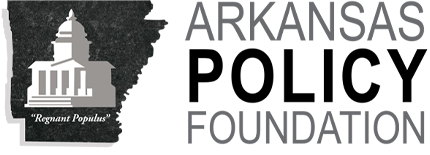(May 2023) Historically, Arkansas critics of income tax cuts have relied on class-warfare arguments to oppose the policy. More recently, some critics have tried to argue that no-income tax states do not generate higher income growth.
The Policy Foundation, in a 2004 research memo (“High Growth States”) noted factors influencing economic development “include tax rates; education, including skilled work force; infrastructure; level of regulation; trade policy; and even monetary policy.” The memo said “state policymakers would benefit from analyzing each of these factors as they apply to Arkansas’ business climate.”
Arkansas policymakers have started this process by reforming tax, education, and infrastructure policy. They ask us,’Do economic indicators say anything about states without an income tax?” This month we attempt to answer that question by examining indicators in states without an income tax: Alaska, Florida, Nevada, New Hampshire, South Dakota, Tennessee, Texas, Washington, and Wyoming.
Three Economic Indicators
Income, employment, and population growth are three broad state-level indicators. In terms of income, three no-income tax states were among the Top
10 nationally last year in real per capita personal income. These were Washington (#6, 115.7% of the U.S.), NewHampshire (#7, 114.1%) and Wyoming (#9, 109.0%). Another two no-income tax states exceeded the U.S. These were Alaska (#11th, 105.3%) and South Dakota (#16, 100.6%). Only 16 states recorded incomes greater than the U.S., U.S. Bureau of Economic Analysis data shows. The other four no-income tax states (Florida, Nevada, Tennessee, and Texas) all had income levels ranging from 89.1% to 97.2% of the U.S. last year, data show.









